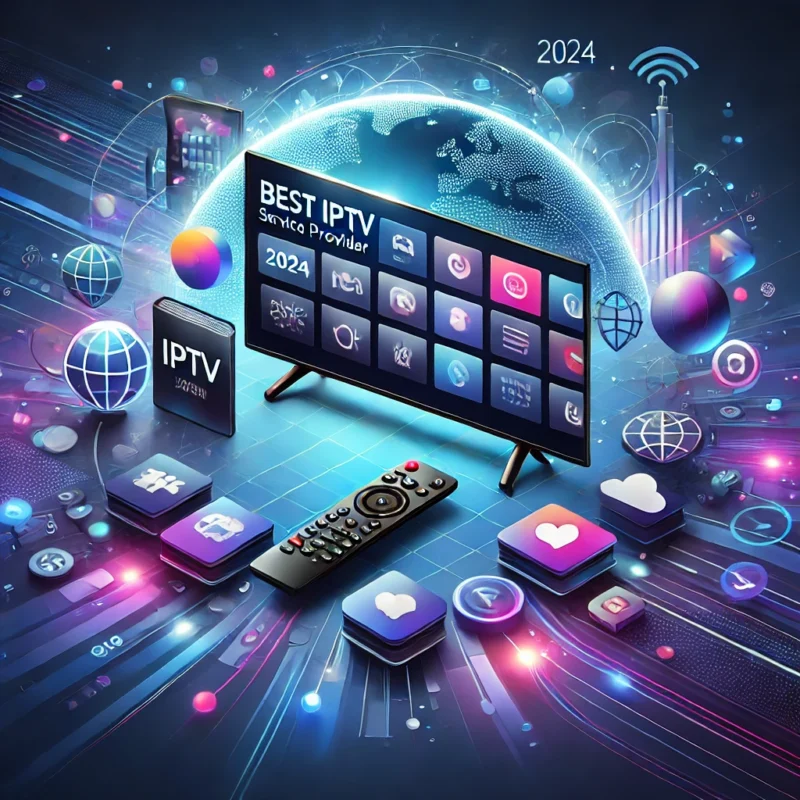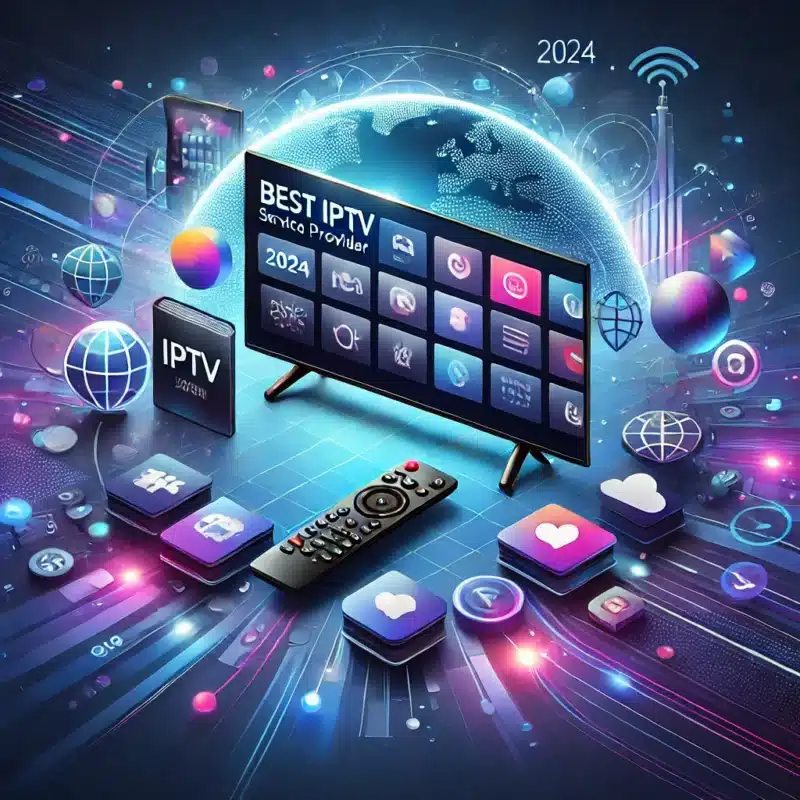In the evolving world of digital entertainment, Internet Protocol Television (IPTV) has emerged as a transformative technology, reshaping how viewers consume television content. Unlike traditional broadcast methods like satellite or cable TV, IPTV delivers television programming through internet protocols, offering a more flexible and personalized viewing experience. This text delves into the nuances of IPTV, exploring its advantages, technologies, and future potential.
What is IPTV?
IPTV stands for Internet Protocol Television, a method of delivering television content over the internet rather than through conventional terrestrial, satellite, or cable formats. It leverages internet protocols to stream live TV, on-demand content, and even interactive services to various devices. Essentially, IPTV transforms television from a broadcast medium into a data stream, much like how websites and emails are transmitted.
How Does IPTV Work?
At its core, IPTV works by encoding television signals into digital data packets, which are then transmitted over the internet to users’ devices. The process involves several key components:
- Content Acquisition: TV channels and media providers feed their content into IPTV systems, often through digital encoding processes. This content can be live broadcasts, pre-recorded shows, or movies.
- Encoding and Compression: The acquired content is encoded and compressed to optimize it for transmission over the internet. This step is crucial to ensure efficient bandwidth usage and reduce buffering.
- Content Delivery Network (CDN): To handle the massive amounts of data transmitted, IPTV services often utilize CDNs. CDNs are networks of distributed servers that deliver content to users based on their geographic location, minimizing latency and ensuring smooth playback.
- Set-Top Boxes and Applications: Users access IPTV through set-top boxes, smart TVs, or apps on various devices like smartphones, tablets, and computers. These interfaces decode and render the streamed content for viewing.
- Interactive Features: IPTV often includes interactive elements like electronic program guides (EPGs), video on demand (VOD), and interactive applications, enhancing the overall user experience.
Advantages of IPTV
IPTV offers several compelling advantages over traditional TV methods:
- On-Demand Viewing: One of the biggest benefits is the ability to watch content on demand. IPTV services typically include vast libraries of movies, shows, and other media that users can access anytime, bypassing the need for scheduled programming.
- Personalization: IPTV platforms often provide personalized recommendations based on viewing history and preferences, offering a more tailored viewing experience.
- Multi-Device Access: IPTV allows users to watch content across a range of devices. Whether on a smart TV at home or a smartphone while traveling, the flexibility to access content anywhere with an internet connection is a significant advantage.
- High-Definition Content: Many IPTV services offer high-definition and even 4K content, providing superior picture and sound quality compared to standard-definition broadcasts.
- Interactive Services: Features such as catch-up TV, pause and rewind live broadcasts, and interactive TV guides enhance the viewing experience, offering more control to the user.
Challenges and Considerations
Despite its benefits, IPTV also faces several challenges:
- Internet Dependence: IPTV requires a stable and high-speed internet connection. In areas with poor internet infrastructure, users may experience buffering or quality degradation.
- Bandwidth Usage: Streaming high-definition content can consume significant amounts of bandwidth, potentially impacting other internet activities and leading to additional data costs.
- Content Licensing and Rights: IPTV providers must navigate complex licensing agreements and content rights issues, which can affect the availability of certain programs or channels.
- Security Concerns: As with any digital service, IPTV is susceptible to security risks such as hacking and unauthorized access. Providers must implement robust security measures to protect content and user data.
The Future of IPTV
Looking ahead, IPTV is poised for continued growth and innovation. Advancements in technology, such as 5G networks, promise to enhance the speed and quality of IPTV services. Additionally, the integration of artificial intelligence (AI) and machine learning could further personalize content recommendations and improve user interfaces.
Moreover, the rise of smart homes and connected devices will likely increase the demand for seamless IPTV integration across various platforms. As IPTV technology evolves, we can expect even greater interactivity, customization, and accessibility, further blurring the lines between traditional television and digital media.
In conclusion, IPTV represents a significant shift in how television content is delivered and consumed. By harnessing the power of the internet, it offers greater flexibility, personalization, and interactive features compared to traditional broadcasting methods. As technology continues to advance, IPTV is likely to play an increasingly central role in the digital entertainment landscape, transforming the future of television for viewers worldwide.

